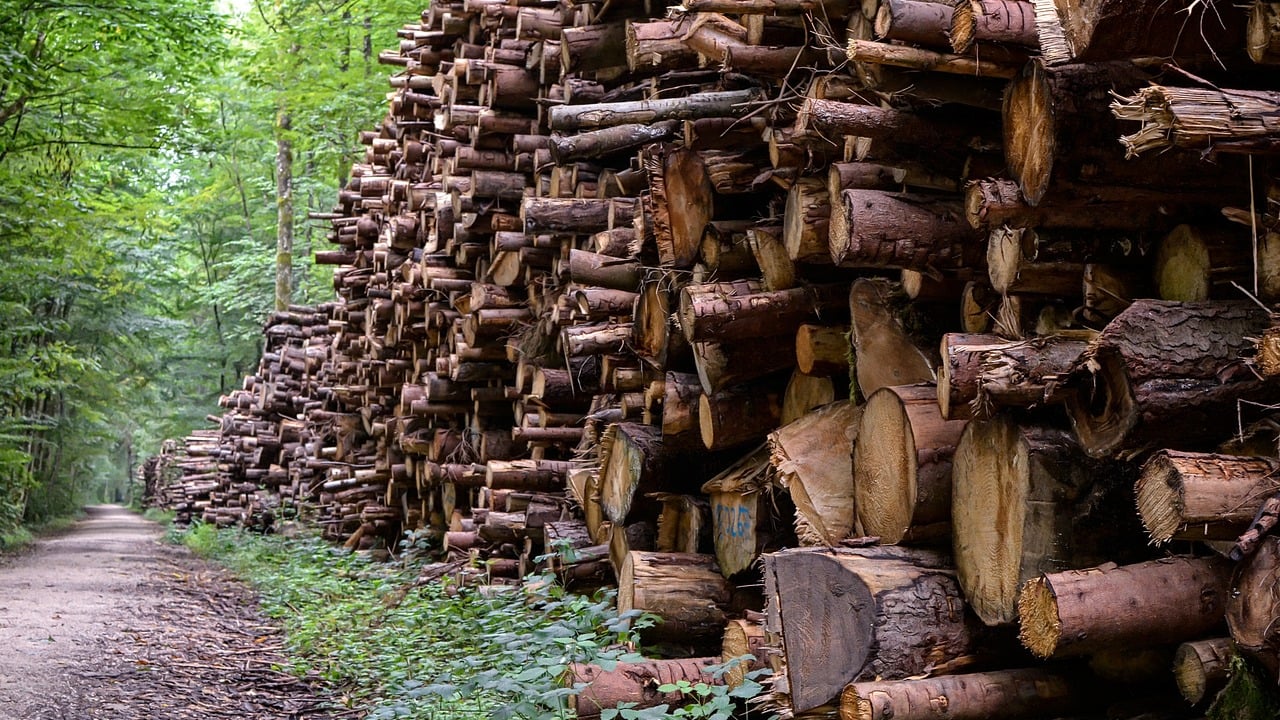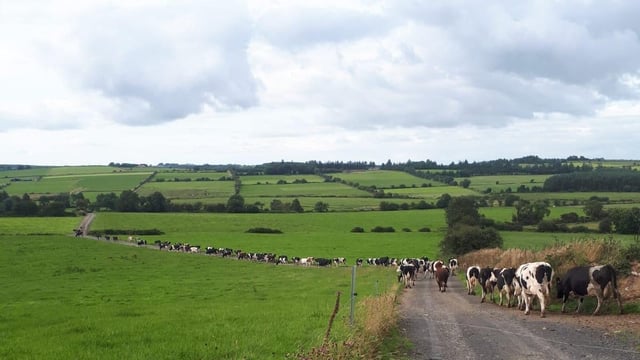Windblow taskforce to develop 'detailed action plan'
The Forest Windblow Taskforce will develop a "detailed action plan" on the next steps to deal with forestry downed by Storm Éowyn in January.
A workshop is also planned, to take place in May, to inform the development of the action plan, according to the Department of Agriculture, Food and the Marine.
The action plan will involve expertise from European forestry experts, some of whom addressed the latest meeting of the Forest Windblow Taskforce, which took place yesterday (Tuesday, April 8).
The engagement from these European experts, who work for the European Forest Risk Facility, was welcomed by Minister of State with responsibility for forestry Michael Healy-Rae.
“I welcome today’s engagement with our colleagues from the...Forest Risk Facility. This facility provides European countries and experts with a collaborative platform to strengthen international cooperation, and to share expertise and good practice, on how to manage the impacts on forests from natural events such as wind, fire and disease," Minister Healy-Rae said.
He added: "There are many countries that have experienced similar natural disasters resulting in catastrophic wind damage, such as Storm Éowyn. Today’s engagement is important, and we heard some useful insights on how countries have managed large storm events across Europe."
The Forest Risk Facility is designed to help pan-European countries reach a common understanding on approaches for tackling the most pressing forest risks.
Silvia Abruscato, the senior expert at the European Forest Institute, and who leads the Secretariat of the Forest Risk Facility, commented: “We welcome the opportunity to come to Ireland and to share experiences, and to highlight the importance of this new facility.
"Our forests across Europe are facing numerous threats and challenges, and we need to cooperate and to learn from others in order to enhance the resilience of our forests.
The windblow taskforce was also addressed by Dr. Christophe Hartebrodt, who has experience in forestry risk management.
The department said he emphasised the importance of assessing the challenges and bottlenecks along the supply chain, from harvesting to delivery of timber products to markets.
He also advised against "rushing" to harvest trees until haulage and markets are in place, and that windblown trees still attached to the root plate will remain in good condition for a period of time.
The department confirmed that the windblow taskforce will develop a "detailed action plan" building on the work completed to date, and will also use expertise from the Forest Risk Facility and other stakeholders to inform the next steps.
A workshop is planned for early May to inform the action plan currently being developed.





